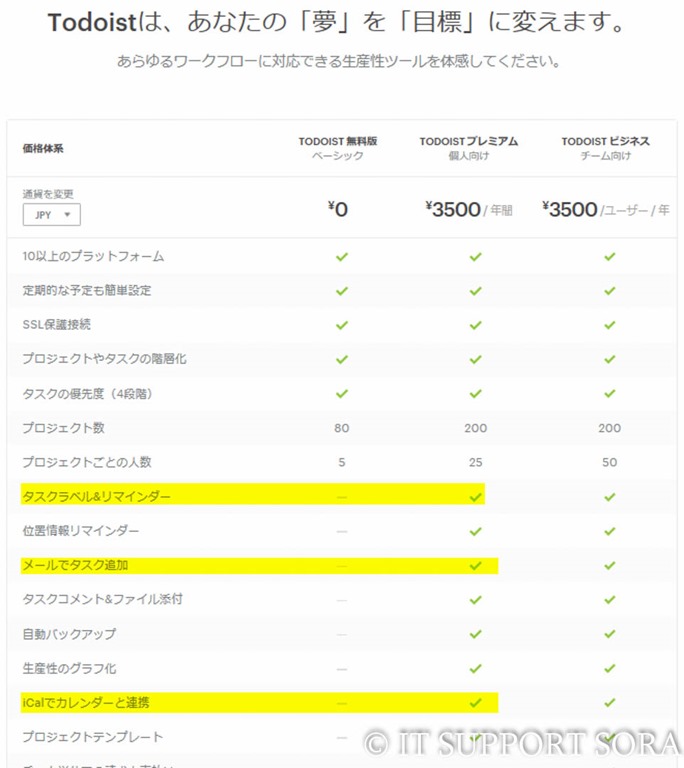

Look for a tool that lets you capture and organize personal, project, and program-level information. By externalizing this information into actionable items, you’re better set up for long-term success. Your brain isn’t built to store large bodies of organized information-but work management tools are. Instead of trying to store all of your project information in your brain, the GTD method uses a five step system to capture and catalogue your to-dos into an external source, such as a work management tool. Read: 18 time management tips, strategies, and quick wins to get your best work done Boost productivity with Asana Using work management to implement the GTD method Whenever you introduce a new task to the mix, your brain needs to think through everything you have on the docket and reprioritize your work relative to this new task. Even if you aren’t aware of it, your brain is constantly “on” in the background, shuffling and rearranging your upcoming to-dos to make sure nothing falls through the cracks. GTD is a popular time management strategy because of how simple it is to implement and how powerful it can be in practice. Allen describes the GTD method in his book, "Getting Things Done: The Art of Stress-free Productivity." GTD is an acronym that stands for Getting Things Done, a productivity method first developed by David Allen in 2001.


 0 kommentar(er)
0 kommentar(er)
